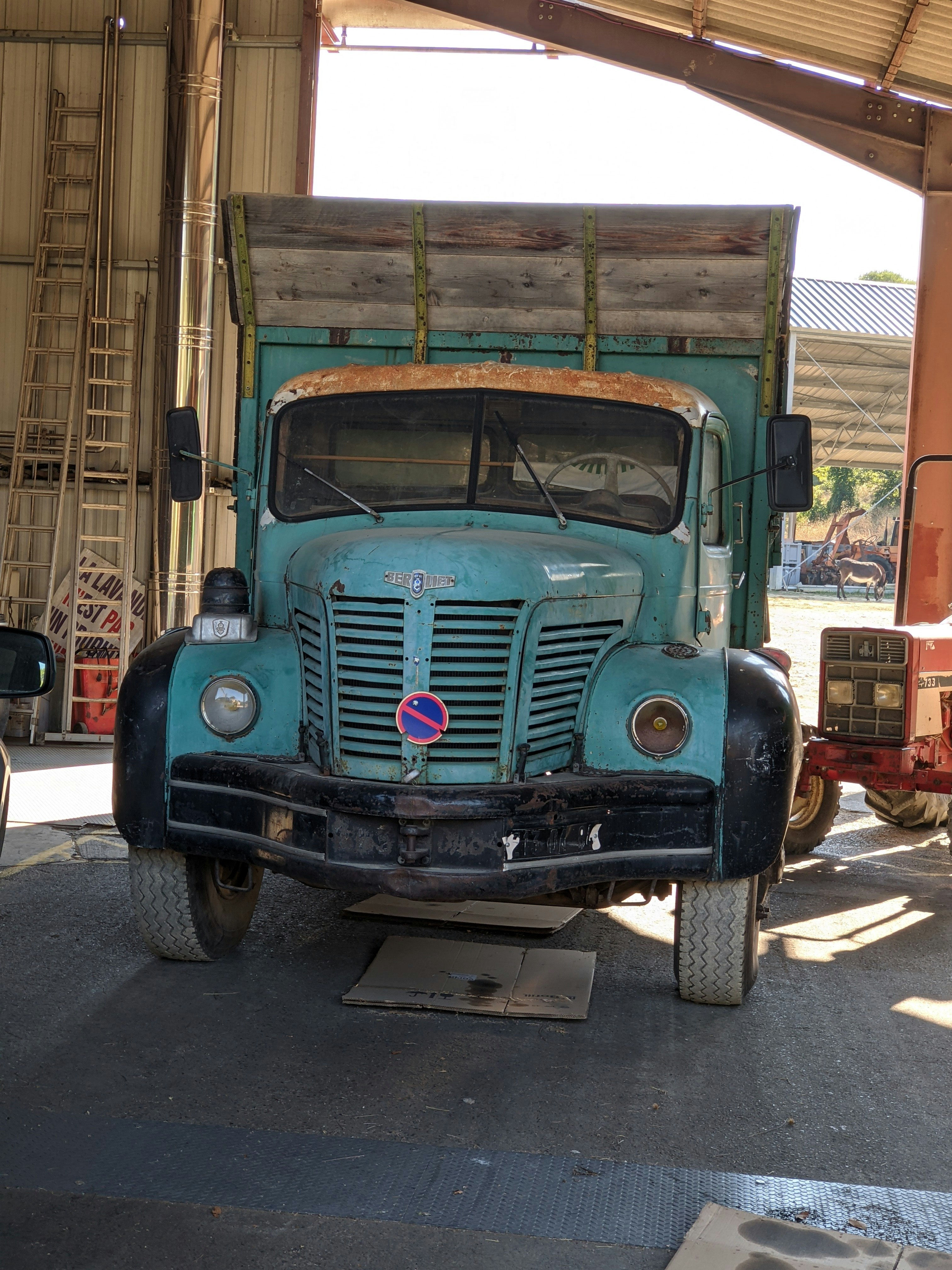In the worst scenarios, construction workers suffer fatality at the hands of unsafe environments. Eric Lambert, National Customer Solutions Director at Zurich Insurance will be giving a free webinar on Tuesday, Dec. 8, to help construction companies achieve the laudable goal of “zero injuries.”
The webinar, listed on the Associated Builders and Contractors, Inc. (ABC) website, is called Zero Injuries, A Product of Leadership. “In 2013, construction fatalities rose the second year in a row by 3% to 828," according to information from the ABC. "There is no better time than now to focus on systematic injury prevention by adopting a zero-injury vision and strategy by beginning a transformation into a zero-injury culture.”
Lambert has more than 20 years’ experience in the construction industry and 14 years consulting with teams and companies to achieve “zero injury,” according to the event description. The webinar aims to inform companies where they are in the “safety culture development cycle,” review the building blocks and challenges that must be addressed and explore strategies contractors can use to improve safety.
Additionally, construction insurance company Insureon offers some tips on how to avoid costly injuries and maintain a safe work environment. According to information from its website, Insureon recommends:
- Ensure employees are trained: spanning topics from asbestos awareness to lifting techniques, employees should attending regular training. “This training should also include hazard communication, proper vision and hearing protection, waste management protocol, respiratory protection, and first aid procedures.” Additionally, workers should have a Material Safety Data Sheet to identify hazardous materials present onsite, as well as procedure on how to handle them.
- Make sure everyone wears the proper gear: employees should be in the proper personal protective equipment (PPE) while onsite. For example, long pants, non-metallic toe safety shoes, earplugs or ear muffs and safety glasses. “Additionally, employees who perform particulate-generating work tasks should wear a NIOSH-approved dust mask to protect against the inhalation of hazardous materials.”
- Assess the site before starting work: there are a number of hazardous materials one should look for, including asbestos, wood dust and medium density fireboard. These may cause respiratory issues and long-term exposure could lead to more chronic conditions and even asbestosis.
- Safety wherever the business goes: a good deal of business is conducted outside of the office. Ensure employees who drive personal vehicles to conduct company business are properly licensed and carry auto liability insurance. Additionally, it may be helpful to make sure their vehicles are in good condition and meet state safety benchmarks. For company vehicles, be certain to carry commercial auto insurance.
- Workers’ Compensation coverage: Even one accident could prove costly and carrying insurance can help mitigate financial losses. “SomSafe states mandate that any business with employees must carry this type of coverage, but it can also benefit sole proprietors should they suffer injuries on the job or work-related illnesses themselves.” Insurance can help cover the cost of litigation and medical expenses related to injury or illness.












